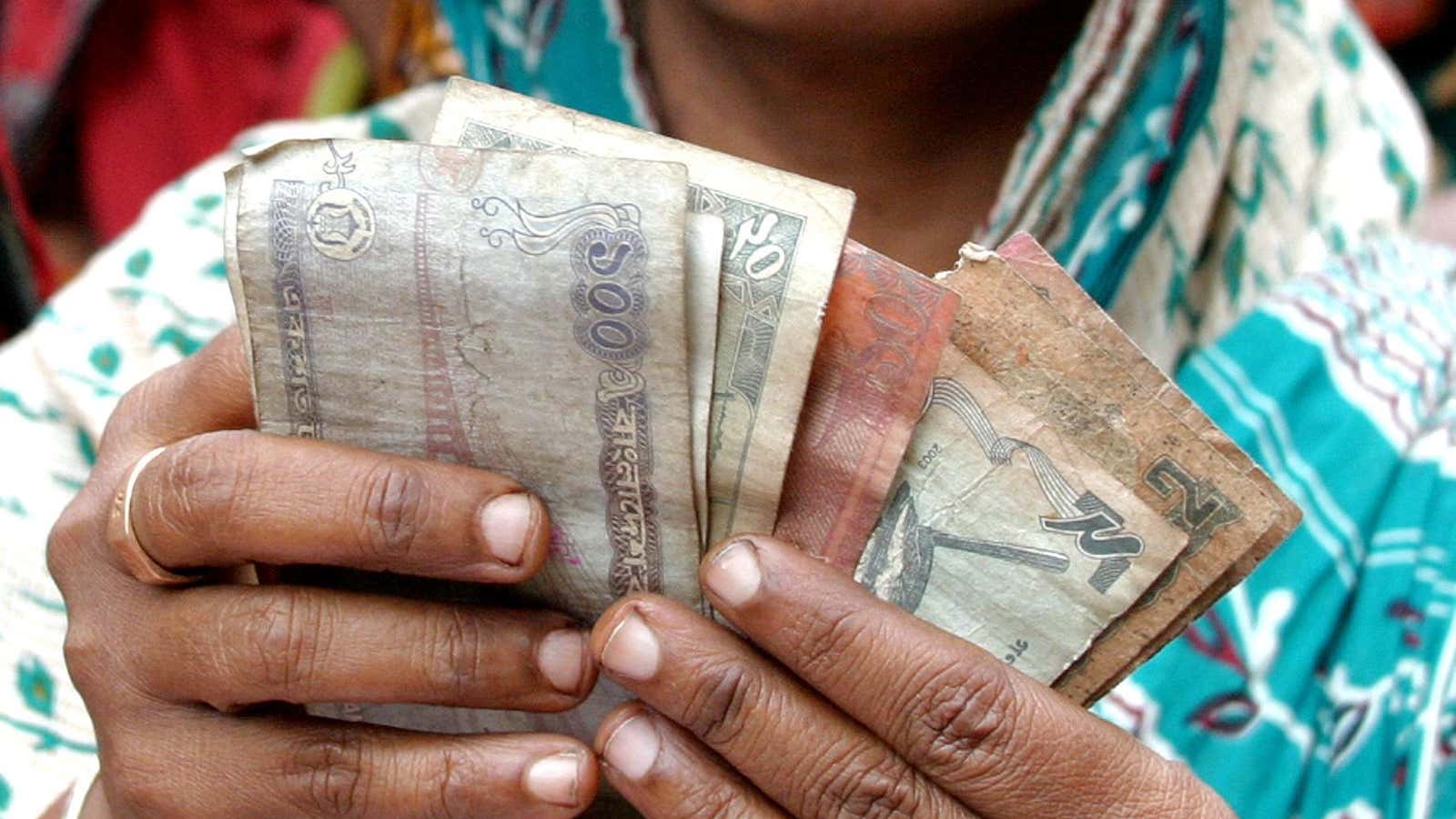When most of the world adopted the 2030 UN Sustainable Development Goals (SDGs) four years ago, it was well understood that they came with an enormous price tag.
Policymakers knew that aid alone would never be able to meet the financing needs of development. But the SDGs were accompanied by the optimistic “billions to trillions” vision, in which many believed that an abundance of commercially-viable SDG-related investments were ready and waiting for trillions in profitable private investment—if only development finance institutions (DFIs) and others could clear away the obstacles that stood between those opportunities and private investors.
This all looks very different in reality, of course. Finding bankable projects is a difficult feat for commercial investors and DFIs alike, particularly in low-income countries. And the DFI view of risk, tolerance for risk, and approach to risk management are not that different from those of commercial institutions.
Importantly, both types of investors seek risk-adjusted market returns. Because of this, we’re left with a critical gap in the architecture of global development finance.
We need to stretch the limits of what we can do to mobilize more finance for development. This is why we propose new model, which we’re calling “the stretch fund.”
The stretch
Instead of the senior lending that dominates DFI operations, a stretch fund would deploy more subordinated products like equity, junior debt, and guarantees. By taking on more risk, these open up space for more risk-averse investors. The stretch fund would mobilize multiple dollars of private and other finance for every dollar it commits. And it would employ staff that specialize in those instruments, which are hard-to-find skill sets that can’t simply be grafted on to a senior lending team and culture. Grantmakers like governments and foundations typically fund activities and projects that are not financially sustainable, but promise high-development impact. Think grants for training small farmers or subsidizing poor household connections to electricity grids.
At the other end of the spectrum, commercial investors in development projects, including DFIs, seek market returns along with impact. And the higher the risk, the higher the returns necessary to compensate commercial investors for accepting the risk.
And this is where the gap occurs.
If we are to fill the gap, we need some crucial missing actors: public or private investors who target investments at scale with high development impact, but who are also willing to accept below-market returns, like an innovative mobile provider that might offer financial services tools to the poor.
In short, we need an entirely new type of public-private actor—one with a very different risk tolerance and financial objective, that places an emphasis first and foremost on development impact.
The potential
From experience, we know that a little bit of equity can go a long way.
An example helps show the potential: In 2009, when microfinance institutions across Latin America were struggling in the depths of the global financial crisis, public and private actors came together to launch the seven-year Microfinance Growth Fund, or MiGroF.
MiGroF was only possible because a unique investor, the Multilateral Investment Fund (now the IDB Lab), stepped forward with a $10 million equity contribution. This gave comfort to other investors that there would be capital to cover losses in the event of default on loans to risky microfinance institutions. That important step paved the way for many other funders to join the MiGrof partnership.
In total, MiGroF ultimately disbursed $300 million to 43 microfinance institutions across 13 countries in Latin America. This funding was then on-lent to more than 400,000 micro-entrepreneurs—mostly rural and female clients. Investors got both decent returns and saw the impact of what their money could do.
But in general, DFIs lack the risk tolerance to do what the IDB Lab did in MiGroF. It’s time to create a financial actor that can play that role at scale. That’s why we need a permanent, purpose-built fund whose investors are willing to accept below-market returns for high development impact, which my colleague Dan Preston and I call for in a new research paper.
A whole new actor
Think of the stretch fund solution as the missing gear we need to help get the rest of the SDG finance engine spinning.
As a pooled investment vehicle, the fund’s capital would come from both public and private investors that prioritize development impact.
With a minimum of $500 million the development community can give such a fund enough financial firepower to make a difference. The goal would be financial sustainability rather than market returns.
The stretch fund would partner with existing DFIs in ways that stretch their range of investments, spectrum of clients, scope of markets, and scale of finance.
Donors—public and private—will most likely resist the notion of funding an entirely new development finance actor.
But realistically, what’s the alternative? More funding for existing DFIs or for grantmaking will not bridge the gap—and likely won’t get us to where we need to be in the next 10 years. We don’t just need more development finance, we need to deploy it more catalytically. The stretch fund offers a new approach designed for leverage and impact.
